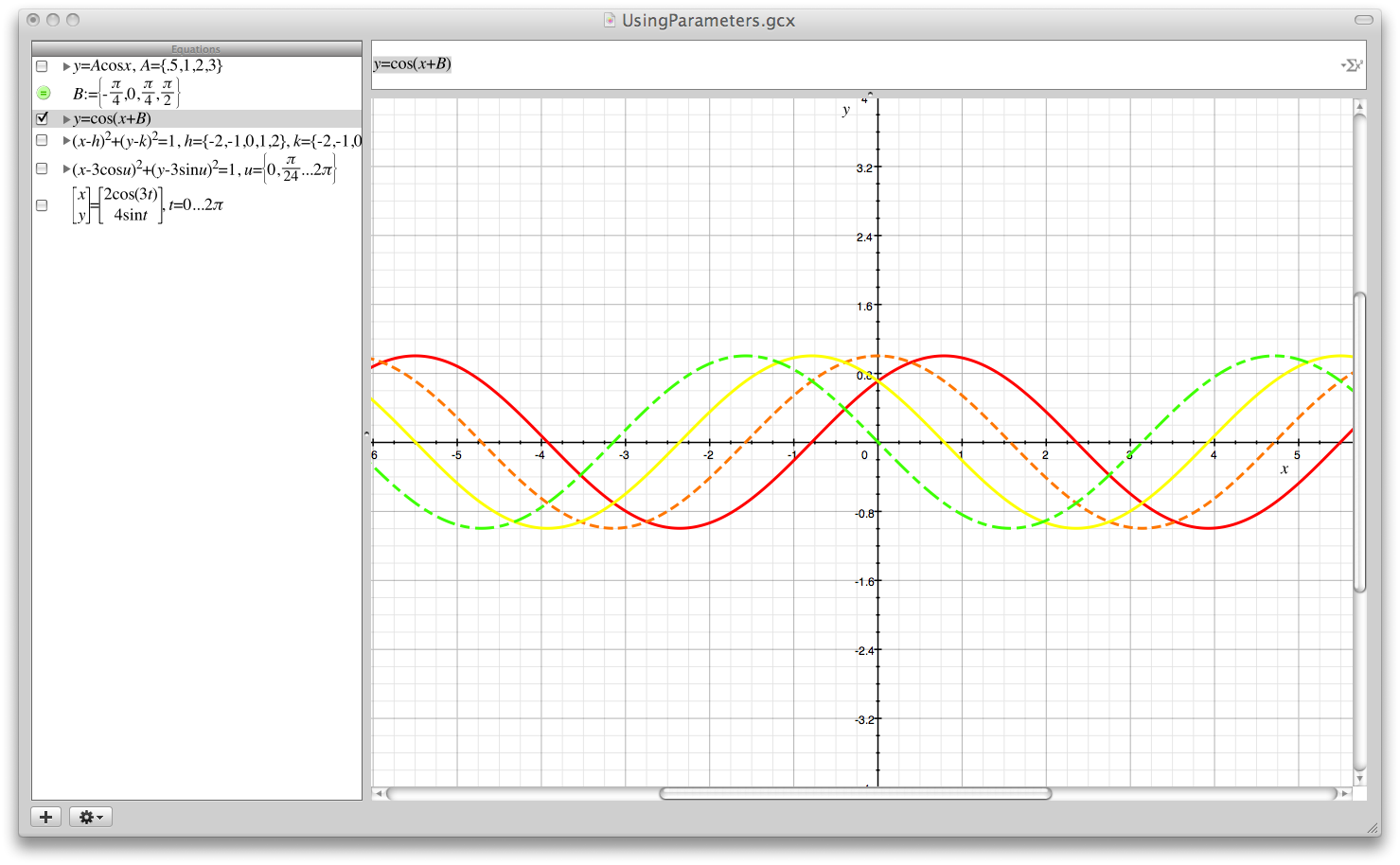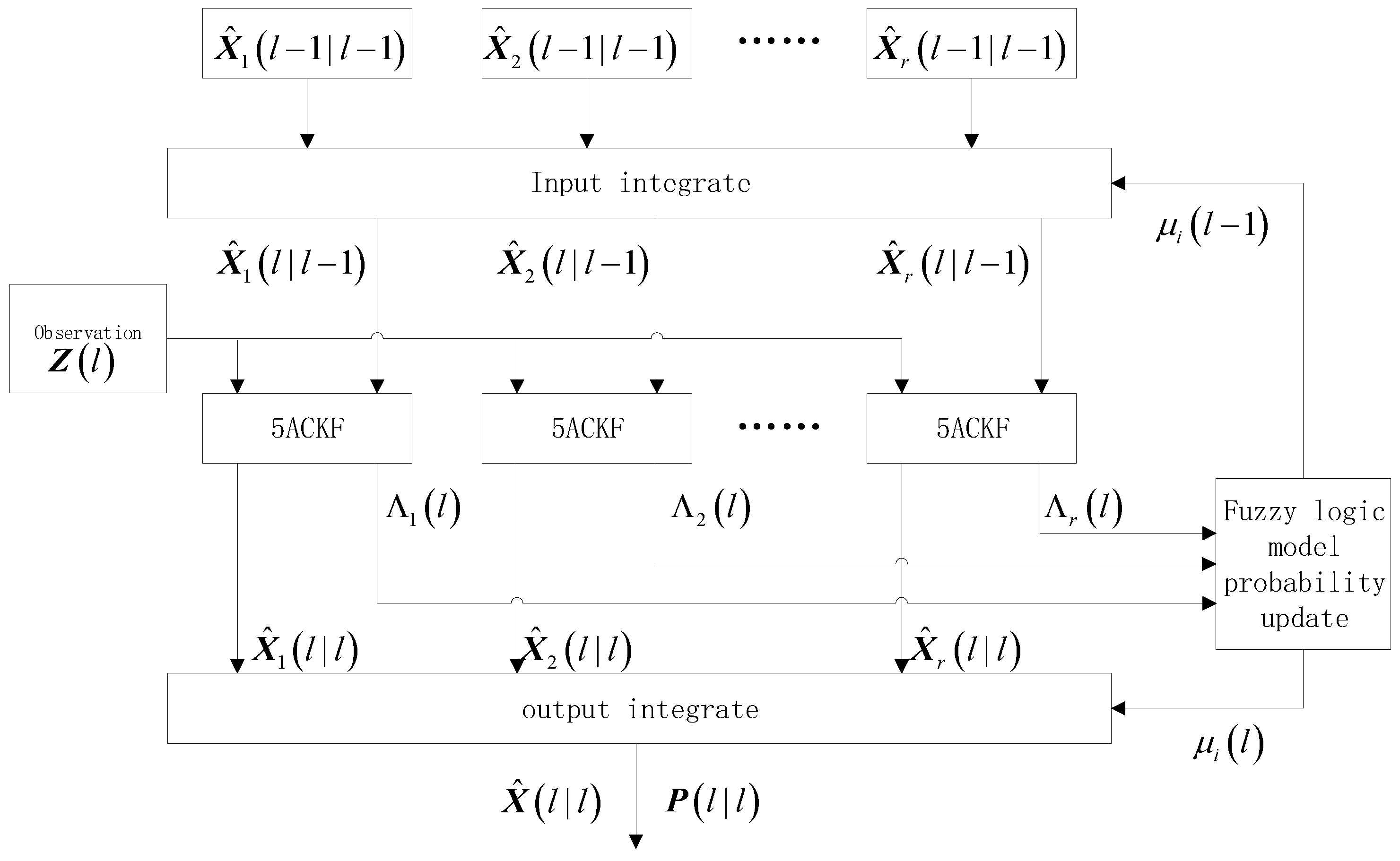
tBLASTn (protein sequence searched against translated nucleotide sequences): compares a protein query sequence against the six-frame translations of a database of nucleotide sequences.Thus blastx is often the first analysis performed with a newly determined nucleotide sequence. Because blastx translates the query sequence in all six reading frames and provides combined significance statistics for hits to different frames, it is particularly useful when the reading frame of the query sequence is unknown or it contains errors that may lead to frame shifts or other coding errors. BLASTx (translated nucleotide sequence searched against protein sequences): compares a nucleotide query sequence that is translated in six reading frames (resulting in six protein sequences) against a database of protein sequences.This is useful when trying to determine the evolutionary relationships among different organisms (see Comparing two or more sequences below). BLASTn (Nucleotide BLAST): compares one or more nucleotide query sequences to a subject nucleotide sequence or a database of nucleotide sequences.NCBI's WebBLAST offers four main search types:

There are several types of BLAST searches.

BLAST can be used to infer functional and evolutionary relationships between sequences as well as help identify members of gene families. The program compares nucleotide or protein sequences and calculates the statistical significance of matches. The Basic Local Alignment Search Tool (BLAST) finds regions of similarity between sequences.


 0 kommentar(er)
0 kommentar(er)
